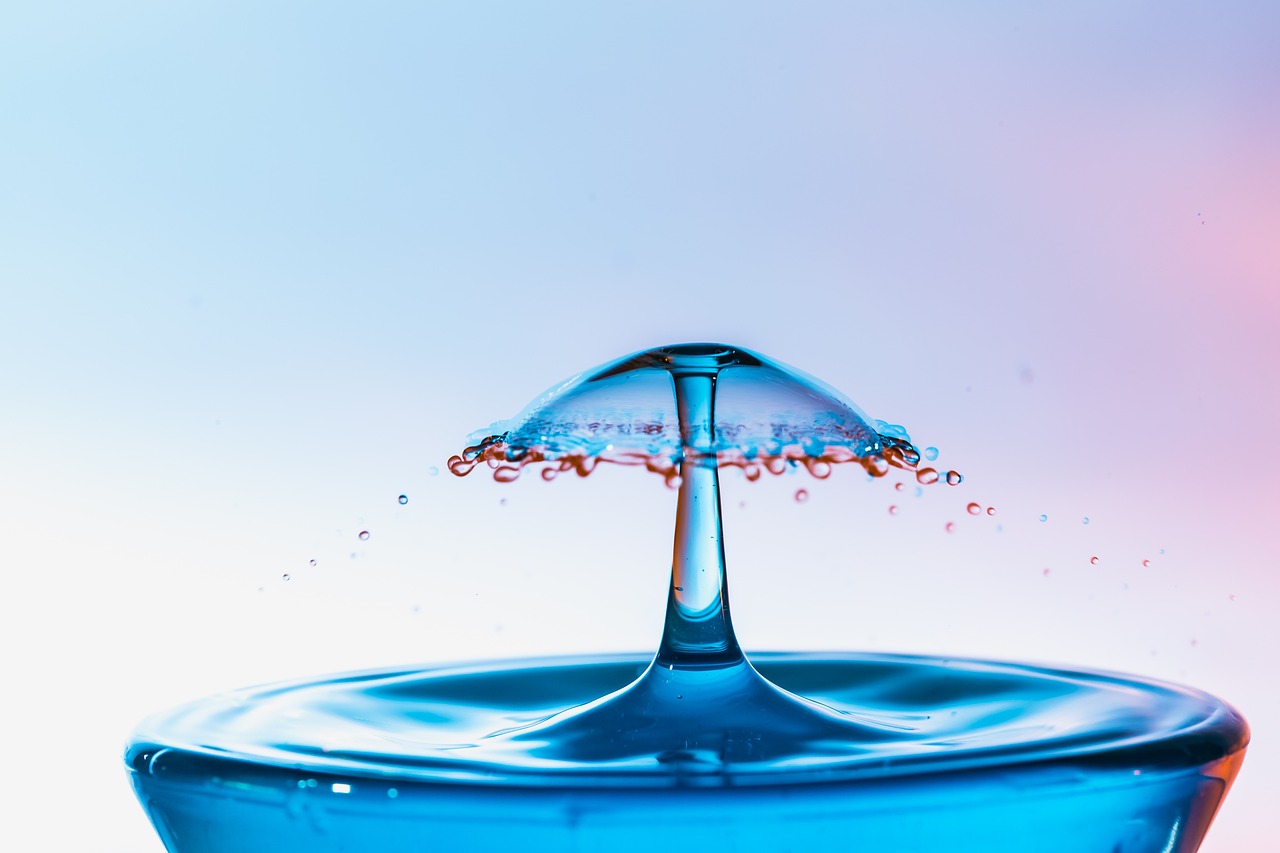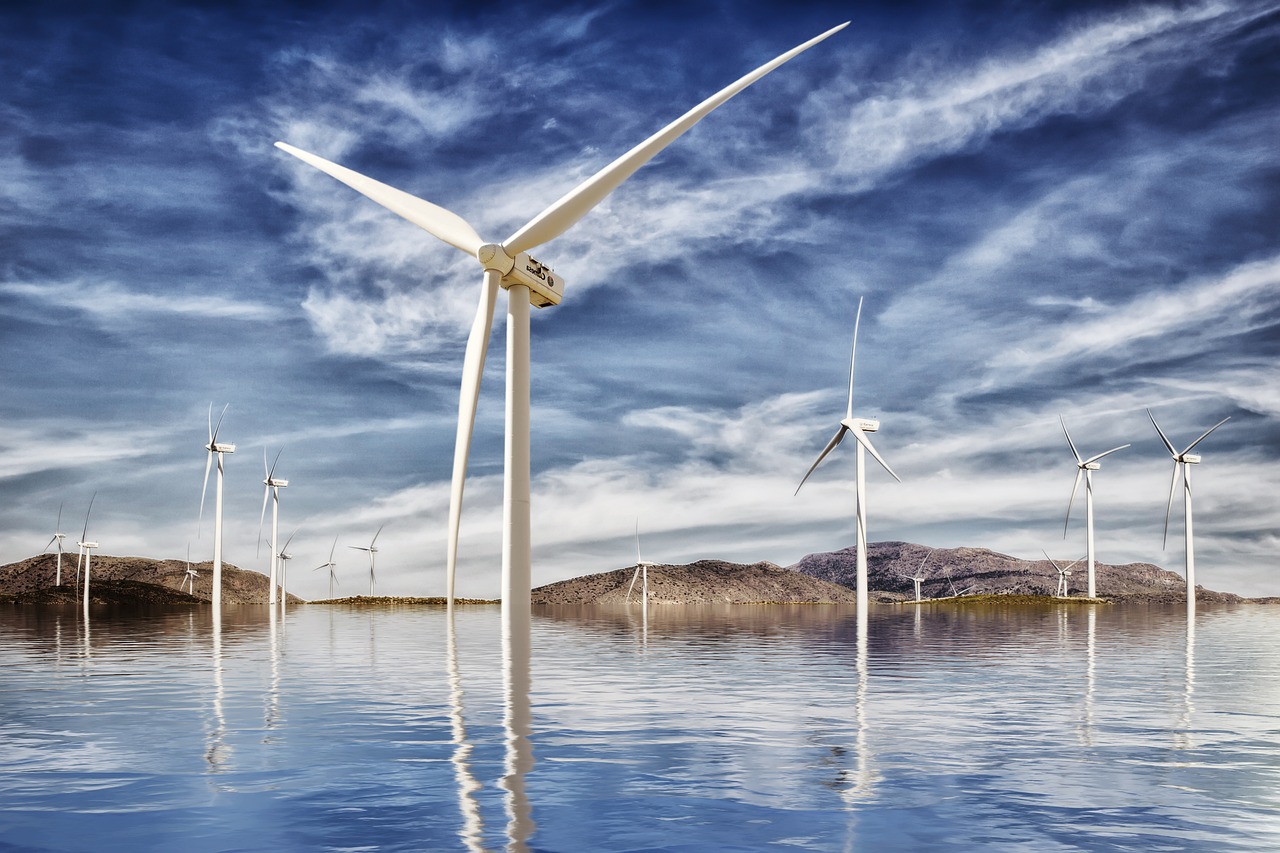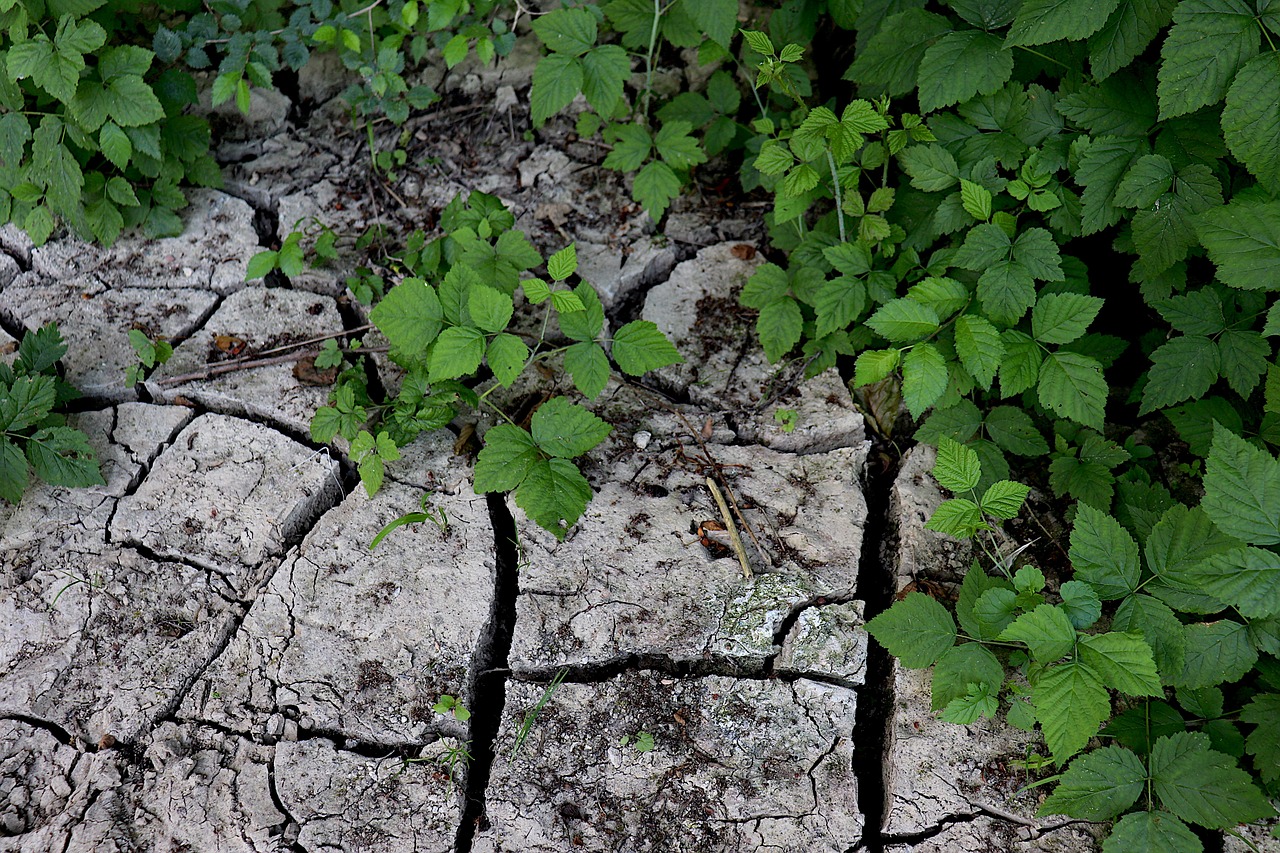10 Tips for Reducing Your Home's Water Footprint
Are you looking to make a positive impact on the environment while also saving money on your water bills? By implementing simple yet effective strategies, you can significantly reduce your home's water footprint. Let's explore 10 practical tips that will help you conserve water and promote sustainability in your household.
First and foremost, fix leaks promptly. Leaky faucets, toilets, and pipes can waste hundreds of gallons of water each month. By addressing these issues promptly, you can prevent unnecessary water waste and lower your overall water usage.
Consider installing water-efficient fixtures in your home. Upgrading to low-flow toilets, showerheads, and faucets can significantly decrease water consumption without compromising performance. This simple switch promotes water conservation without sacrificing comfort.
Why not collect rainwater for outdoor use? Setting up a rain barrel system to capture rainwater is a sustainable way to water your plants and gardens. By utilizing this natural resource, you can reduce your reliance on municipal water sources and cut down on utility costs.
When it comes to watering plants wisely, adopting efficient practices can make a big difference. Watering early in the morning or evening, using drip irrigation, and applying mulch can help your plants thrive while conserving water resources. It's a win-win for both your garden and the environment.
Opt for energy-efficient appliances to minimize water usage in your home. Choosing water-saving dishwashers and washing machines can lead to significant water savings per cycle, ultimately reducing your overall water footprint. Make a conscious choice for sustainability.
Be mindful of your outdoor water use. Activities like washing cars and driveways, as well as using sprinklers, can contribute to unnecessary water waste. By limiting these practices and using water more efficiently outdoors, you can play a part in water conservation efforts.
Have you considered rethinking your lawn? Traditional lawns require a significant amount of water to maintain. By opting for drought-resistant plants, native grasses, or artificial turf, you can reduce your outdoor water needs and create a more sustainable landscape. It's a step towards a greener and more eco-friendly home.
Get your household involved in educating them about water-saving practices. Encourage shorter showers, turning off taps when not in use, and fixing leaks promptly. By fostering a culture of conservation at home, you can instill sustainable habits in your family members for the long term.

Fix Leaks Promptly
Learn how to conserve water at home with these practical tips that can help reduce your environmental impact and lower your water bills.
When it comes to saving water, fixing leaks promptly is crucial. Leaks in faucets, toilets, and pipes can waste hundreds of gallons of water each month, leading to unnecessary water loss and higher bills. By addressing leaks as soon as they are noticed, you can prevent water wastage and reduce your overall water usage significantly.

Install Water-Efficient Fixtures
When it comes to reducing your home's water footprint, one of the most effective steps you can take is to . By upgrading to low-flow toilets, showerheads, and faucets, you can significantly decrease your water consumption without compromising on performance. These fixtures are designed to optimize water usage, ensuring that you save water with every use.
Imagine a showerhead that provides a strong, invigorating spray while using significantly less water than a traditional one. That's the beauty of water-efficient fixtures - they allow you to enjoy the same level of comfort and functionality while conserving precious water resources. Additionally, by installing these fixtures, you not only contribute to water conservation efforts but also reduce your water bills in the long run.
When you replace your old, water-guzzling fixtures with water-efficient alternatives, you are making a positive impact on the environment by reducing your household's water usage. It's a simple yet effective way to make a difference and be a part of the solution to the global water crisis. Moreover, these fixtures are easy to install and require minimal maintenance, making them a convenient choice for any homeowner looking to reduce their water footprint.

Collect Rainwater for Outdoor Use
Collecting rainwater for outdoor use is a smart and eco-friendly way to reduce your home's water footprint. By setting up a rain barrel system, you can harness the power of nature to water your plants and gardens while decreasing your reliance on municipal water sources. Not only does this practice help conserve water, but it can also lead to significant savings on your utility bills over time.
When it rains, instead of letting the water go to waste, you can channel it into a rain barrel for later use. This collected rainwater can be used for various outdoor tasks such as watering your garden, washing your car, or even cleaning outdoor surfaces. By utilizing rainwater for these purposes, you are effectively reducing the demand for treated water, which is especially beneficial during dry spells or water restrictions.
Setting up a rainwater collection system is relatively simple and cost-effective. All you need is a rain barrel, a downspout diverter to direct water into the barrel, and a secure base to elevate the barrel for easy access. Positioning the rain barrel near a downspout allows for easy collection of rainwater and ensures that you have a convenient supply for your outdoor water needs.
Not only does collecting rainwater benefit the environment by conserving water resources, but it also promotes self-sufficiency and resilience in managing your household water usage. By incorporating rainwater harvesting into your daily routine, you are taking a proactive step towards sustainable living and reducing your overall environmental impact.

Water Plants Wisely
When it comes to watering your plants, adopting smart practices can make a significant difference in conserving water while keeping your garden lush and healthy. Instead of mindlessly dousing your plants, consider watering early in the morning or late in the evening when evaporation rates are lower, allowing the water to penetrate the soil effectively. This ensures that the plants receive the moisture they need without excessive water loss.
Utilizing drip irrigation systems can also be a game-changer in efficient watering. These systems deliver water directly to the plant roots, minimizing wastage through evaporation or runoff. By providing a slow and steady supply of water, drip irrigation promotes deep root growth and maximizes water absorption by plants, resulting in a more resilient and water-efficient garden.
Another strategy to consider is mulching around your plants. Mulch acts as a protective barrier, reducing evaporation from the soil surface and helping to retain moisture. It also suppresses weed growth, which can compete with your plants for water. By mulching your garden beds, you can conserve water, promote plant health, and reduce the need for frequent watering.
Furthermore, understanding the water requirements of different plant species in your garden is crucial. Grouping plants with similar watering needs together can prevent overwatering or underwatering, ensuring that each plant receives the appropriate amount of moisture. This targeted approach not only conserves water but also fosters optimal growth and blooming in your garden.

Opt for Energy-Efficient Appliances
When it comes to reducing your home's water footprint, opting for energy-efficient appliances is a crucial step in promoting water conservation and efficiency. By choosing appliances that are designed to minimize water usage without compromising performance, you can significantly lower your household's overall water consumption.
Energy-efficient dishwashers and washing machines are excellent examples of appliances that can help you save water. These modern appliances are equipped with advanced technologies that enable them to use less water per cycle compared to traditional models, leading to substantial water savings over time.
Moreover, these energy-efficient appliances not only reduce water consumption but also contribute to lower energy usage, making them environmentally friendly choices for your home. By investing in such appliances, you can enjoy the dual benefits of saving water and lowering your utility bills.
Additionally, when shopping for water-saving appliances, look for products with high Energy Star ratings, as they are certified to meet strict energy efficiency guidelines set by the Environmental Protection Agency. These ratings can help you identify the most efficient appliances on the market, ensuring that you make sustainable choices for your home.
By making the switch to energy-efficient appliances, you can play a significant role in conserving water resources, reducing your environmental impact, and creating a more sustainable living environment for yourself and future generations.

Limit Outdoor Water Use
When it comes to reducing your home's water footprint, limiting outdoor water use plays a crucial role in conservation efforts. By being mindful of how you use water outside, you can significantly contribute to water savings and environmental sustainability.
One effective way to limit outdoor water use is by avoiding unnecessary activities such as washing cars and driveways frequently. Instead, consider using a broom to clean these areas or washing vehicles at a car wash that recycles water, reducing water wastage.
Another strategy is to use sprinklers efficiently by watering your lawn or garden during the cooler parts of the day to minimize evaporation. Additionally, adjusting sprinklers to avoid watering sidewalks or driveways can ensure that water is used only where needed, promoting efficient water usage.
Furthermore, incorporating drought-resistant plants in your outdoor landscaping can help reduce the need for frequent watering, as these plants are adapted to survive with minimal water. Native plants and succulents are excellent choices that require less irrigation, helping you conserve water while maintaining a beautiful outdoor space.
Consider installing a rain sensor on your irrigation system to prevent watering during or after rainfall, avoiding overwatering and unnecessary water consumption. This simple addition can ensure that your outdoor plants receive adequate moisture without wasting water when it's not needed.
By implementing these strategies and being mindful of your outdoor water use, you can make a significant impact on reducing your home's overall water footprint and promoting sustainable water management practices.

Reconsider Your Lawn
When it comes to reducing your home's water footprint, one area that often goes overlooked is the traditional lawn. The lush, green expanse of grass may be aesthetically pleasing, but it comes at a high cost in terms of water usage. Consider this - the average American household uses around 320 gallons of water per day, with a significant portion going towards outdoor irrigation, mainly for maintaining lawns.
One way to tackle this issue is to rethink your lawn landscaping. Instead of the typical grass lawn that requires frequent watering, explore alternatives that are more water-efficient and sustainable. Drought-resistant plants, native grasses, and artificial turf are excellent options that can significantly reduce your outdoor water needs.
By incorporating drought-resistant plants into your landscaping, you not only conserve water but also create a vibrant and diverse outdoor space. These plants are adapted to thrive in arid conditions, requiring minimal watering once established. Native grasses, specifically suited to your region's climate, can further enhance the beauty of your yard while reducing water consumption.
Artificial turf is another innovative solution for those seeking a low-maintenance, water-saving lawn alternative. While providing the look and feel of real grass, artificial turf requires no watering, mowing, or fertilizing, making it a sustainable choice for homeowners looking to minimize their environmental impact.
Moreover, transitioning away from a traditional lawn to a more water-efficient landscape can have additional benefits beyond water conservation. It can decrease the need for harmful pesticides and fertilizers, promote biodiversity by attracting local wildlife, and reduce maintenance costs associated with lawn care.
So, if you're looking to make a significant impact on your home's water footprint, consider reimagining your lawn. Embrace alternatives that not only save water but also contribute to a greener, more sustainable environment right in your own backyard.

Educate Your Household
When it comes to reducing your home's water footprint, education plays a crucial role in instilling sustainable habits within your household. By educating your family members about the importance of water conservation, you can collectively work towards minimizing water wastage and promoting a more eco-friendly lifestyle.
One effective way to educate your household is to lead by example. Show your family members the water-saving practices you implement, such as fixing leaks promptly, using water-efficient fixtures, and limiting outdoor water use. Encourage them to join you in these efforts and explain how their actions can contribute to significant water savings over time.
Additionally, involve your family in discussions about the impact of water scarcity and the importance of preserving this precious resource. Share statistics on water consumption, the environmental consequences of excessive water usage, and the benefits of adopting water-saving habits. By raising awareness and fostering a sense of responsibility, you can inspire collective action within your home.
Consider organizing fun and engaging activities that emphasize the value of water conservation. For example, you could challenge your family members to a "water-saving week" where everyone tracks their water usage and identifies areas for improvement. Create rewards or incentives for successful conservation efforts to make the learning process enjoyable and motivating.
Furthermore, make water conservation a topic of discussion during family meals or gatherings. Use these moments to share tips, tricks, and success stories related to reducing water consumption. Encourage open dialogue about ways to further enhance your household's water-saving practices and address any challenges or concerns that may arise.
Remember, educating your household about water conservation is not just about imparting knowledge but also about fostering a sense of shared responsibility and commitment towards protecting the environment. By working together towards a common goal, your family can make a meaningful impact in reducing your home's water footprint and contributing to a more sustainable future.
Frequently Asked Questions
- How can I check for water leaks in my home?
To check for water leaks, you can monitor your water meter for any unexpected increases in usage, inspect faucets and pipes for visible leaks, and use food coloring in the toilet tank to detect silent leaks.
- What are the benefits of using low-flow fixtures?
Low-flow fixtures help reduce water consumption, lower utility bills, and decrease strain on water resources, all while maintaining efficient performance for daily use.
- Is collecting rainwater safe for watering plants?
Yes, collecting rainwater is safe for watering plants as long as the water is properly stored and used within a reasonable time frame to prevent stagnation and microbial growth.
- How can I encourage my family to save water at home?
You can encourage water-saving habits by setting a good example, discussing the importance of water conservation, involving family members in household initiatives, and making it a fun and rewarding challenge for everyone.



















